Economics Challenge Series 2025 Results – Challenge 2: Buying and Selling Game
7 comments
Hi Everyone,
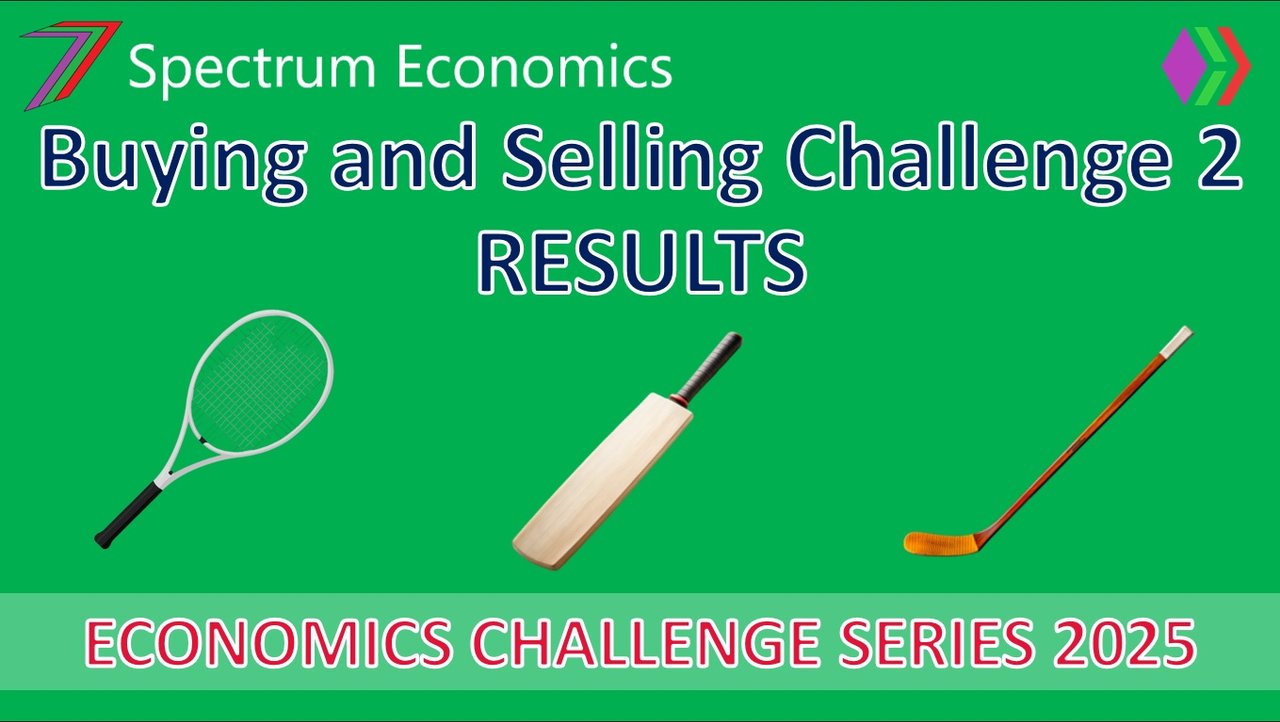
It is time to reveal the results for the 2025 Economics Challenge Series. All six challenges have been posted. Below are the links to these challenges.
The challenge series has become an annual event held in July and August. The challenge series normally consists of seven challenges. This year because of some time constraints, it has been reduced to just 6.
The purpose of the challenge series is to enable participants to use their knowledge of basic economic concepts to help them to win. Concepts include demand and supply, game theory, expected value, and location theory.
The challenge series is set up to reward participation. The first 15 participants are upvoted, and the prize increases by 4 Hive Power with each participant until a maximum of 60 Hive Power is reached. There is also a prize for the overall winner. This prize increases by 1 Hive Power and can reach a maximum of 80 Hive Power. Potentially, a lot of Hive Power could be given away.
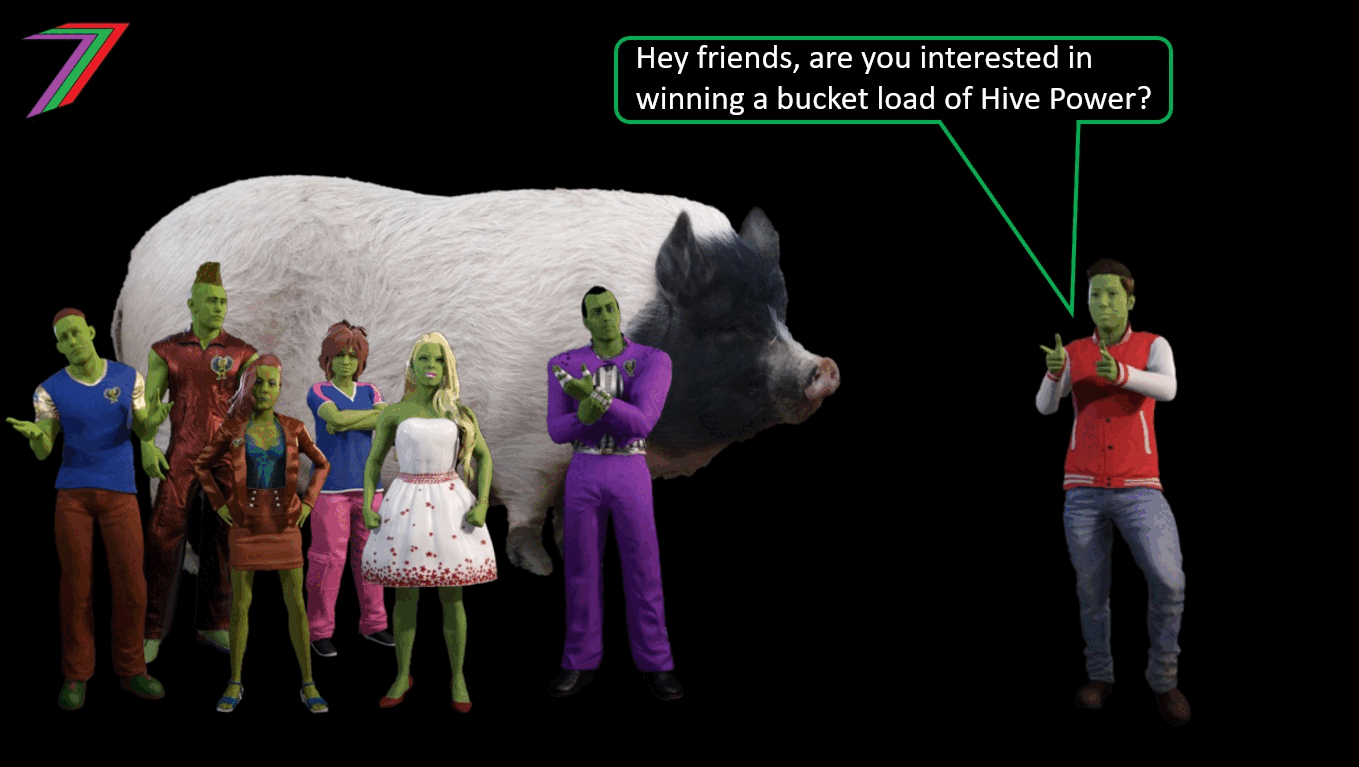
You can read about the challenge series in any of the challenge posts.
Results
Welcome to the results post for the Buying and Selling Game Challenge, the second challenge in this year’s challenge series. This post contains the results as well as how they were generated using a Microsoft Excel model.
Winner Determined in this Video

▶️
What is the Buying and Selling Game?
For the benefit of those who have not entered this challenge nor the previously held monthly contests, here is a brief explanation of how the challenge is played.
Participants are required to buy goods with an allocated amount of money. They are given a choice of 6 goods, and all these goods are available in any of the 5 towns and cities in the challenge. The buying prices of all goods are provided in the question.
The participants are then required to sell all of their goods at a later date at the same or different location. The selling prices for all goods in all towns and cities are not provided. Instead, the question provides a triangle distribution for the selling price of each good in each town and city. For the triangle distribution, the minimum, maximum, and mode values are provided.
The participant who has the highest profit after selling all of his or her goods is the winner.
Responses to the challenge are made in the comments section of the challenge post. If several participants make the same profit, the person who entered (commented) first wins. The total prize for this challenge could reach as high as 60 Hive Power. The number of participants determines the value of the prize. For every entry, the prize is increased by 4 Hive Power (e.g., if the challenge has 9 participants, the prize will be 36 Hive Power (4 × 9)). The winner will receive 2/3 of the prize, and second place will receive 1/3. In addition to the prize in Hive Power, the winner receives 30 points, second place 15 points, and third place 5 points; these points contribute to determining the overall challenge series winner. The most profitable buying and selling price combination is also calculated. If the prize is below 60 Hive Power and the winner adopts this strategy, he or she will receive an additional 5 Hive Power.
The format of the required entry is explained in detail in the challenge itself.
For a more detailed explanation, you can access the challenge post using the following link.
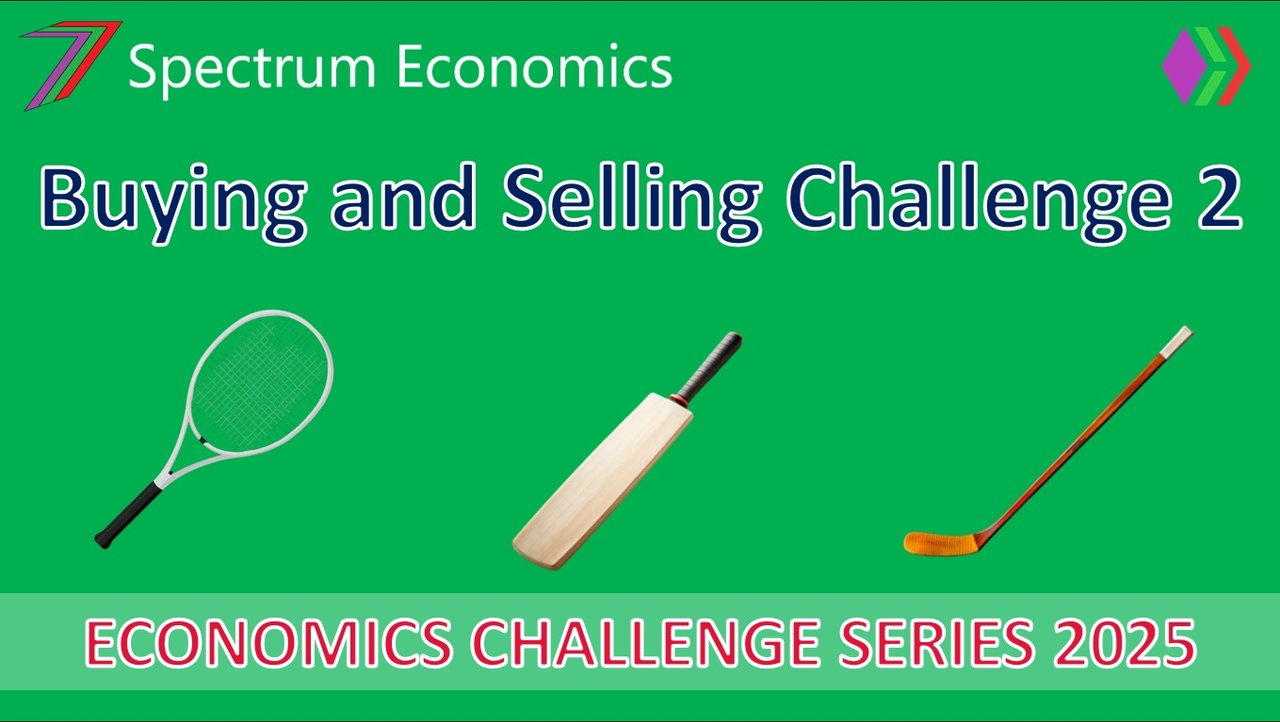
Results of the Buying and Selling Game Challenge
The prize for this challenge is 60 Hive Power, as there were more than 15 participants.
Table 1 contains the selling prices generated by the ‘Buying and Selling’ Game model for each type of bat, stick, and racket in each town or city.
Table 1: Selling Prices of All Exercise Equipment in Each Town or City
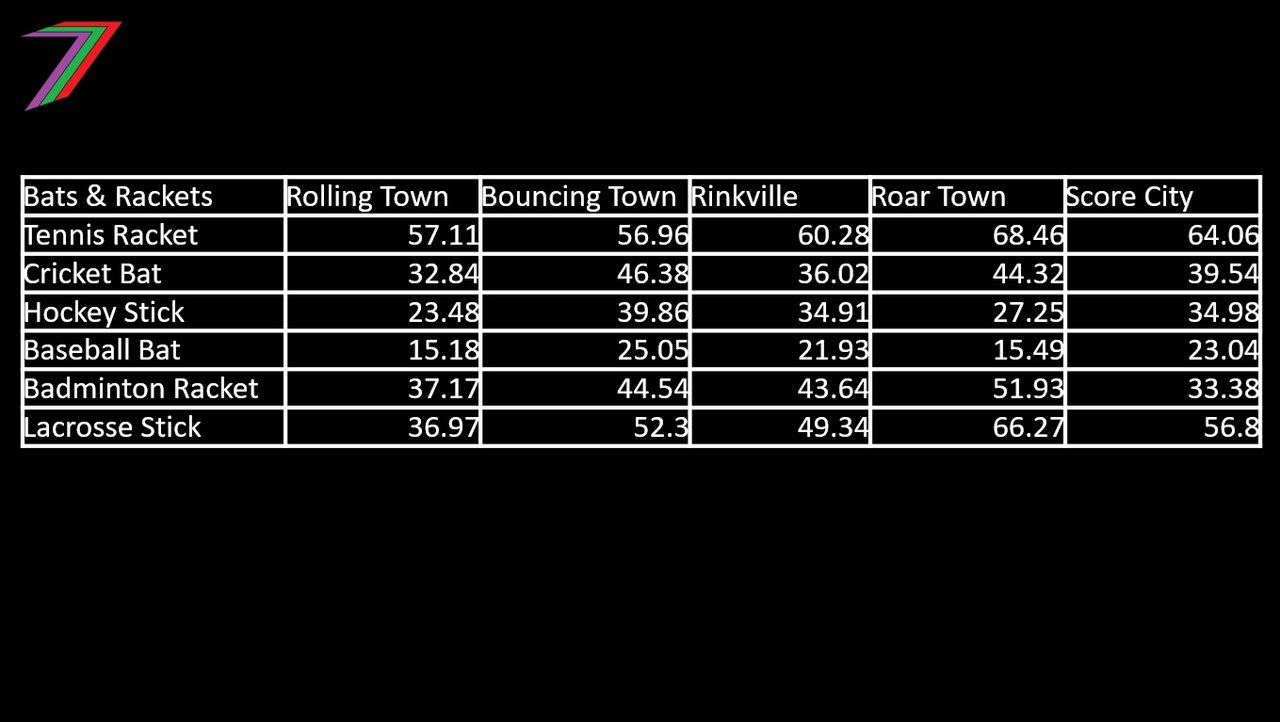
Table 2 contains responses and the profit made by each participant.
Table 2: Participant Responses and Profit
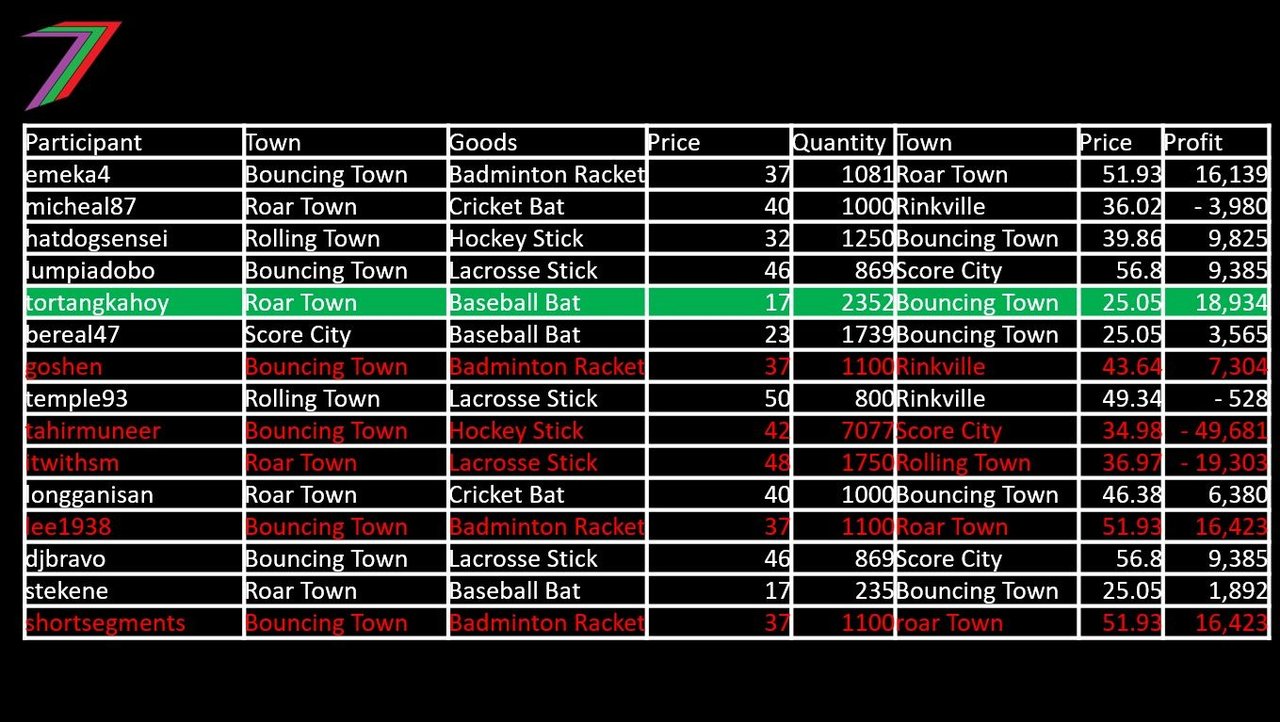
Note: players in red font have been disqualified for overspending.
The winner of the challenge is @tortangkahoy. @tortangkahoy wins 40 Hive Power (60 × 2/3) and 30 points. In second place is @emeka4. @emeka4 wins 20 Hive Power (60 × 1/3) and 15 points. In third place is @hatdogsensei, who is awarded 5 points.
@tortangkahoy won by buying 130 baseball bats for $17 in Roar Town for a total of $39,984. Then went on to sell the baseball bats in Bouncing Town for $25.05 each, earning a revenue of $635,943. Therefore, made a profit of $18,934 ($58,918 – $39,984).
Highest Possible Profit
An extra congratulation to @tortangkahoy for making the maximum profit possible for this challenge possible; see Table 3 below. You have won an extra 5 Hive Power.
Table 3: Lowest Buying Price and Highest Selling Price

Race to Become the Challenge Series Champion
After two challenges, the overall scores for the Challenge Series are as follows:
| Position | Participants | Points |
|---|---|---|
| 1 | Micheal87 | 40 |
| 2 | Tortangkahoy | 30 |
| 3 | Emeka4 | 15 |
| 4 | Hatdogsensei | 5 |
This table will be updated in every results post.
Tips for Future Games

To achieve the best chance of winning the game (i.e., earning the highest profit). Participants need to make the best use of the information they are given. The participant should buy from the place that sells the good at the lowest price and sell at the place that will offer the highest price.
To inform the decision further, participants should also consider the mean and median prices for each good in each place. The mean and median for a triangle distribution can be calculated using the following formulae:
Mean = (Minimum + Maximum + Mode)/3
Median when Mode ≥ (maximum – minimum)/2 (i.e., mode closer to maximum)
Minimum + (((maximum – minimum) × (mode – minimum))/2)0.5
Median when Mode ≤ (maximum – minimum)/2 (i.e., mode closer to minimum)
Maximum - (((maximum – minimum) × (maximum – mode))/2)0.5
Proof Median
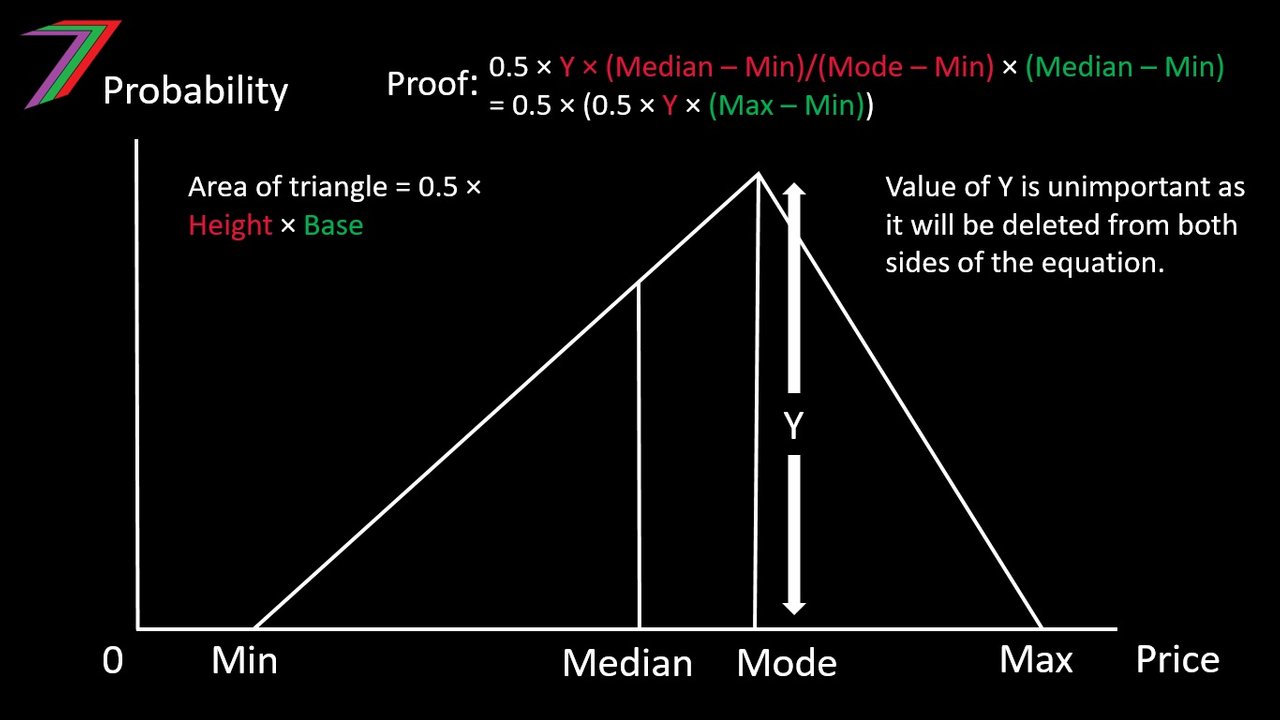
The Sapien Loop Series

I am writing a trilogy of books titled Sapien Loop. The first in the series is Sapien Loop: End of an Era and the second is Sapien Loop: Frozen in Time. I published both of these books as ebooks on Amazon, and I have posted completed chapters to my @captainhive account. I anticipate publishing the third book in early 2027. I expect to title this book Sapien Loop: Worlds Collide. In 2025, I plan to write short stories about some of the characters and their adventures. I will post these to my @captainhive over the course of the year.
Brief Summary of Sapien Loop: End of an Era
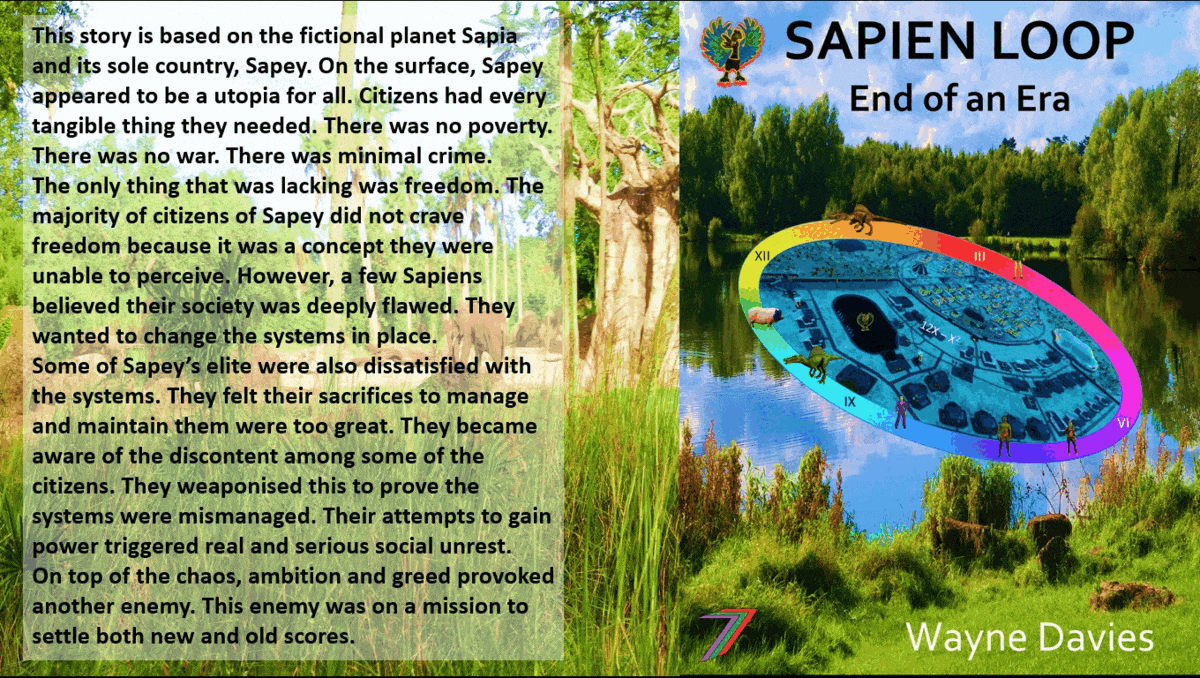
This story is based on the fictional planet Sapia and its sole country, Sapey. Sapey is portrayed as a form of utopia for all its citizens. No poverty. No war. Almost no crime. Opportunities for all.
This was enough for most citizens, but not all. In one of the small regions, some of the citizens had become discontent. They felt something important was missing in their lives. Their discontent did not go unnoticed. Some of the Sapey elite wanted to weaponise this discontent to gain more power. This created more chaos than they anticipated. This led to further widespread social unrest.
On top of the chaos, ambition and greed provoked another enemy. This enemy was on a mission to settle both new and old scores.
Brief Summary of Sapien Loop: Frozen in Time

This story is based six years after the original story. The Downs Region is still suffering from a serious health crisis caused by the contaminated water. The main characters are desperately trying to find a cure for the illness that has been caused by the water.
One of the main characters has discovered frozen humanoids in hidden chambers. It appears they have been frozen for a long time. These chambers connect to a vast network of tunnels. While exploring the tunnels, one of the frozen humanoids disappears. It appears he has been stolen.
The story takes a step back in time to tell the story of the frozen humanoids. How and why were they frozen? This part of the story also explains the fall of ancient Sapey and the birth of the Sapiens. Can those from the past be able to coexist with those from the present?
Hive: Future of Social Media
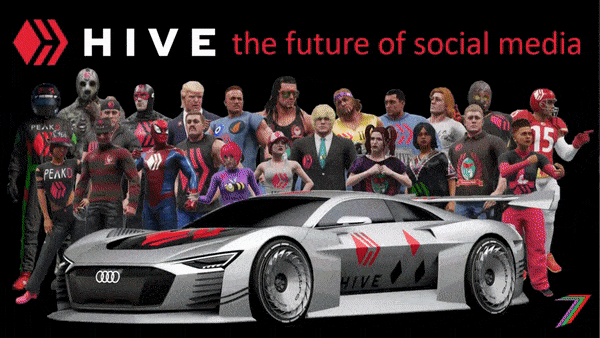
Spectrumecons on the Hive Blockchain
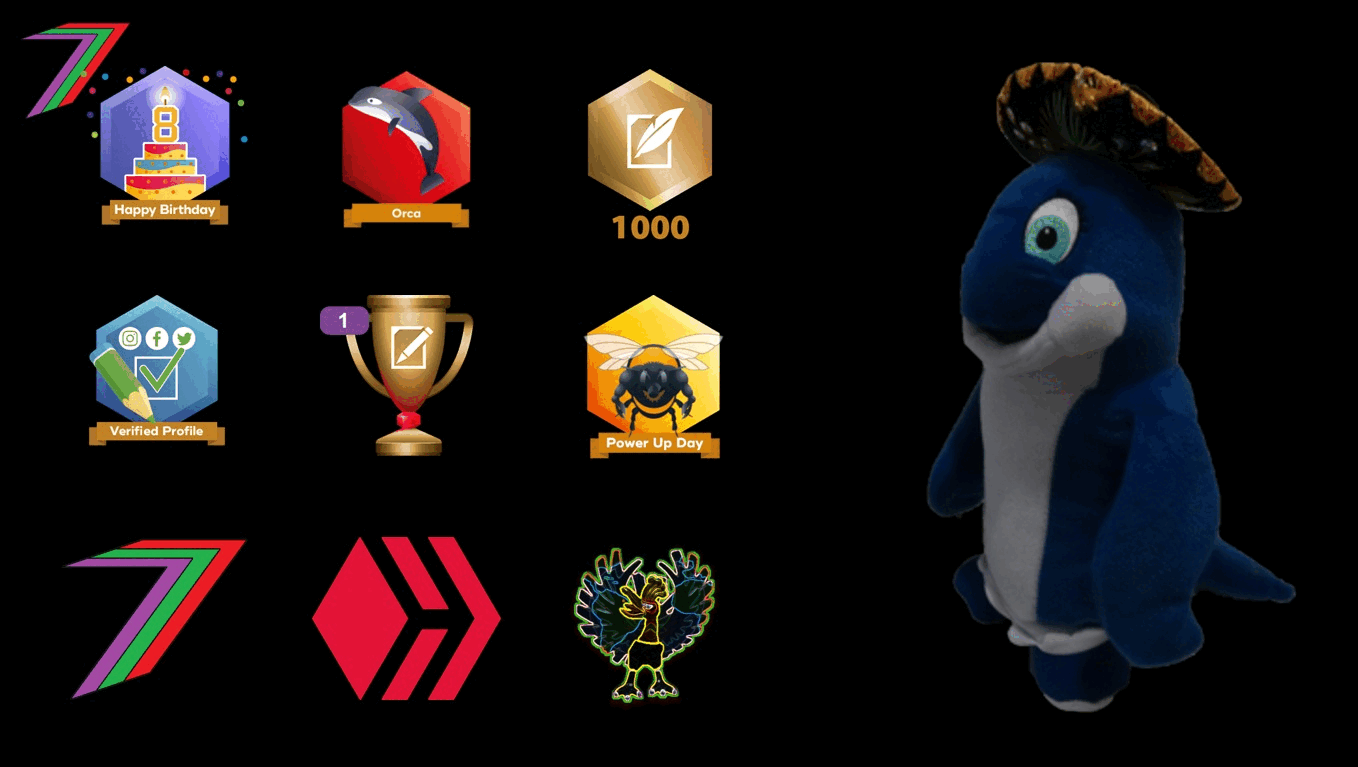
▶️


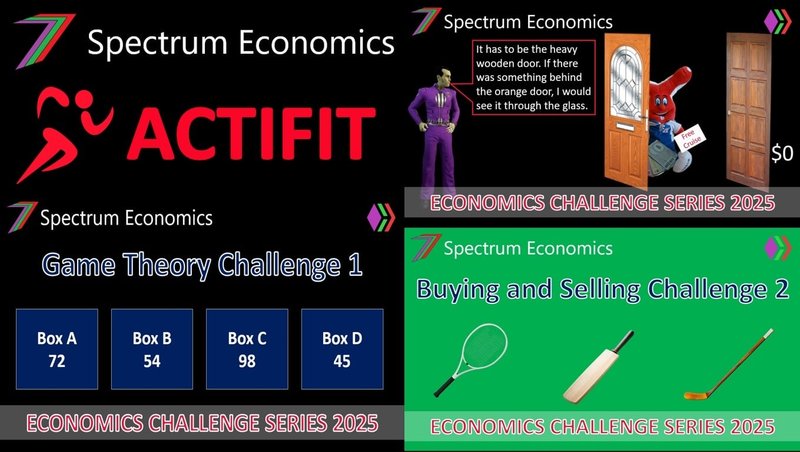

Comments